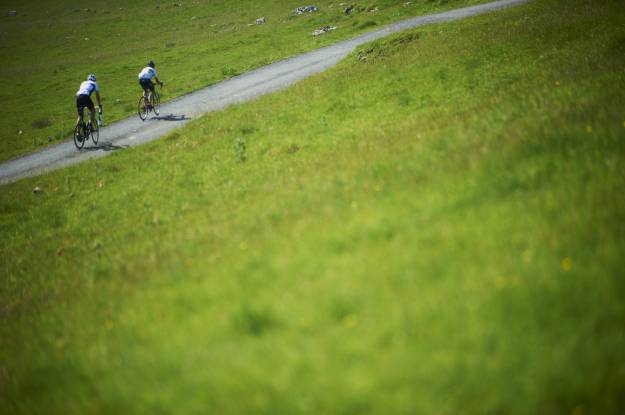| Follow britishcycling.org.uk on |
|
|
British Cycling Anti-Doping Q & A
Earlier this year there was the first anti-doping rule violation in British cycling in 2 years. As a result, a number of British Cycling members raised interesting questions and British Cycling's Anti-Doping Officer, Brian Barton has compiled the following Q and A which tackles the main ones.
Q. How many anti-doping tests are carried out in cycling in Britain?
A. It varies somewhat from year to year but for this year there will be around 170 in-competition tests in ‘domestic' races across all disciplines. In addition there will also be about 60 tests in UCI events such as The Tour of Britain and the Track World Cup. On top of this there are about 140 Out of Competition Tests on riders in the International and National Testing Pools. These are the riders likely to compete for Great Britain.
Q. What levels of event are tested?
A. Any level of event can be tested. The majority will be at major events such as national championships but a number of lower category events will always be included in the testing programme. This year British Cycling and Cycling Time Trials have commissioned extra testing specifically aimed at extending the testing programme in our sport.
Q. Why is a rider's name not released when there is a positive result?
A. When a sample is tested at a WADA accredited laboratory they not know an athlete's name. Also they do not say a sample is ‘positive'. They declare an Adverse Analytical Finding (AAF). This is then the start of a process to determine why the laboratory declared the AAF. Full details of what happens can be found in Sections 7 & 8 of the UK Anti-Doping Rules at http://www.ukad.org.uk/documents/uk-anti-doping-rules/. Basically there is a need to determine why this situation has occurred. There could be a fault in the testing. The athlete could have a legitimate reason for a prohibited substance to be in their body or there could be medical condition that has given rise to the laboratory finding. The process could see the athlete at an anti-doping hearing. Only after this hearing and any subsequent appeals will an Anti-Doping Rule Violation (ADRV) be declared. At this stage the athlete's name is required to be released.
Q. On the UK Anti-Doping Website there are a number of ‘positive' cases that have no rider's name and it says ‘No case to answer'. Why?
A. These are instances where there is an explanation to the AAF. For example, sometimes a rider will have a Testosterone / Epitestosterone (T / E) ratio greater than 4 to 1. On further investigation it is found that there is a legitimate reason for this to be the case. In such a circumstance no violation has occurred and the rider has no case to answer and the rider's privacy is maintained.
Q. If a rider is suspended for an anti-doping rule violation can they compete at all?
A. A rider serving a suspension cannot participate in an activity that is organised by any body that is a signatory, or a member / affiliate of a signatory, to the World Anti-Doping Code (WADC). This means that the rider cannot ride in any British Cycling events as well as participate in any other sport abiding by the WADC. This rules out athletics and triathlon amongst many others.
Anti-Doping is a fascinating but sometimes not easy to understand area of sport. If you have concerns or questions it is easy to address them. This can be by contact with UK Anti-Doping www.ukad.org.uk or British Cycling's Anti-Doping Officer, Brian Barton - his contact details plus lots of other key info are available on the Anti-Doping homepage








